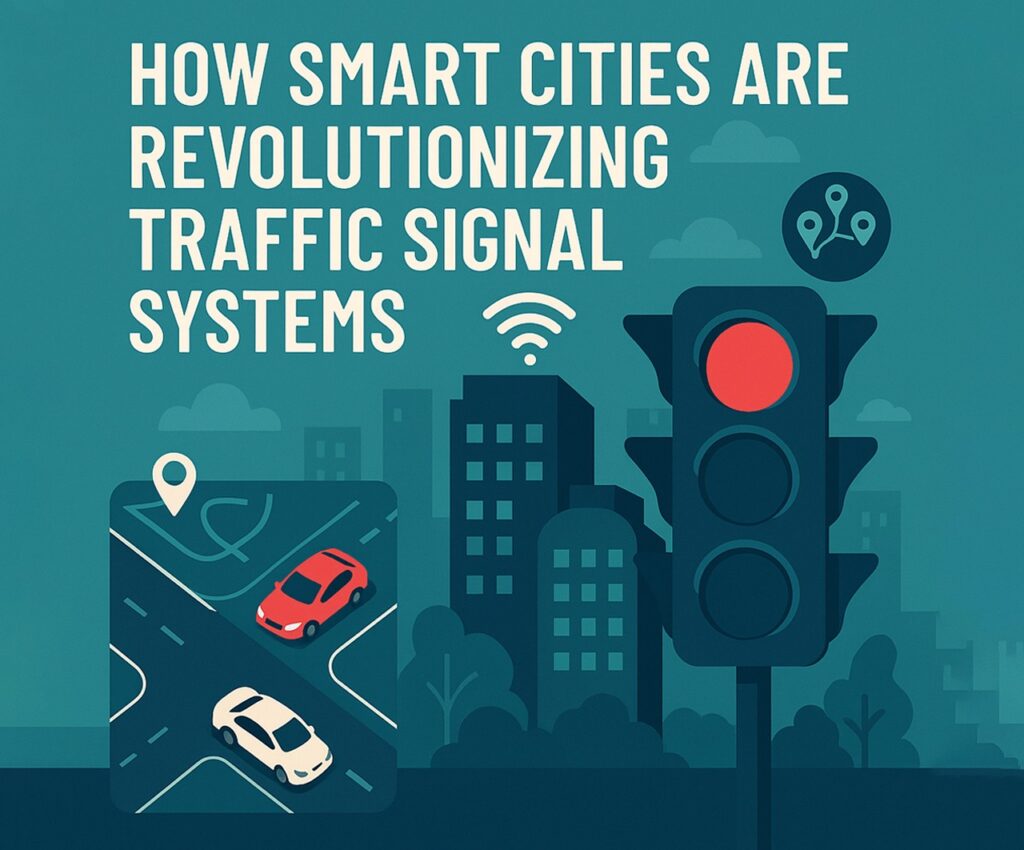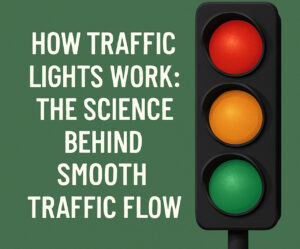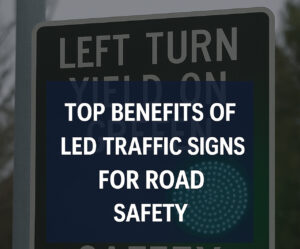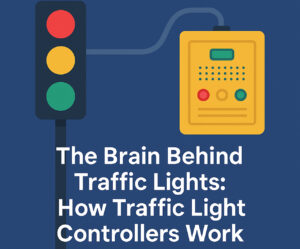In the fast-paced era of urban innovation, cities around the world are turning to technology to manage growing populations and complex transportation networks. A key part of this transformation is how cities handle traffic. With the rise of Traffic Signal Systems, the implementation of the smart traffic signal system, and the development of the portable traffic signal system, smart cities are reshaping the future of urban mobility.
This article explores how these advancements are changing everything from congestion management to pedestrian safety and what it means for the cities of tomorrow. Know more..
What Makes a Traffic Signal System “Smart”?
Traditional traffic signals operate on fixed timing, often outdated and inflexible. In contrast, a smart traffic signal system uses real-time data, sensors, and AI algorithms to adapt traffic flow dynamically. This system responds to actual traffic conditions rather than relying on preset schedules.
For example, if there’s a sudden influx of vehicles on one road due to an accident detour, the traffic signal control system can adjust the green light duration to ease congestion.
The Components of a Smart Traffic Ecosystem
1. Traffic Signal Control System
At the core of every modern setup is the traffic signal control system, which acts as the brain behind intersections. These systems monitor traffic volumes, vehicle speed, and pedestrian activity. They then communicate with lights in real time to optimize the entire intersection network.
2. Smart Traffic Signal System
The smart traffic signal system builds on the basic control system by integrating AI, machine learning, and IoT (Internet of Things) technologies. These systems predict traffic trends, learn from past patterns, and even coordinate signals across multiple intersections for better flow.
3. Portable Traffic Signal System
Flexibility is a key benefit of smart cities, and that includes traffic signals. A portable traffic signal system offers temporary signal control for construction zones, emergencies, or special events. They’re easy to deploy and controlled remotely, making them an indispensable tool in dynamic urban environments.
Benefits of Smart Traffic Signal Systems
1. Reduced Congestion
By analyzing traffic data, smart systems reduce wait times and bottlenecks. Cities like Los Angeles and Singapore have already reported a 15-30% improvement in commute times using smart traffic signal control systems.
2. Lower Emissions
Smoother traffic flow means fewer idling vehicles and less pollution. Cities that implement smart traffic signal systems see measurable reductions in carbon emissions.
3. Enhanced Safety
These systems detect pedestrian presence and adjust timing to reduce accidents. With AI capabilities, smart traffic signal systems can even alert emergency services in real-time if an incident is detected.
4. Real-Time Response
A portable traffic signal system can be deployed within minutes to manage detours, parades, or construction, avoiding the chaos that temporary disruptions typically bring.
Case Study: Barcelona
Barcelona has implemented a wide-reaching smart traffic signal system that adjusts light timings based on vehicle counts, public transport needs, and even weather. The system has helped reduce traffic congestion by over 20% and improved air quality.
Moreover, the city’s traffic signal control system coordinates with mobile apps and public transport to prioritize buses and emergency vehicles, reducing response times significantly.
Case Study: New York City
In NYC, a pilot program introduced portable traffic signal systems at construction sites across Manhattan. These mobile units ensured consistent traffic management without the need for costly permanent infrastructure. As a result, pedestrian safety increased by 17% and driver confusion decreased.
Integration with Public Transit
Modern traffic signal control systems don’t operate in isolation. They sync with buses, trams, and emergency vehicles to prioritize them at intersections. This is particularly crucial in cities striving to improve public transit reliability.
With these smart systems, a city bus doesn’t sit at red lights unnecessarily. The system detects it and adjusts the signal to allow the bus to continue, enhancing efficiency.
AI and Predictive Traffic Management
Machine learning is helping smart traffic signal systems go beyond real-time data. These systems analyze patterns to predict where congestion is likely to occur and make adjustments preemptively. This predictive capability means smoother commutes and more reliable travel times.
Scalability: Why Portability Matters
A major strength of the portable traffic signal system is its scalability. Whether for a temporary street festival or sudden infrastructure repair, these systems can be deployed, monitored, and adjusted via cloud platforms, ensuring they remain responsive and effective.
Challenges to Widespread Adoption
Despite their benefits, smart traffic signal systems face hurdles:
- Cost: Upfront investment can be high.
- Integration: Old infrastructure must be retrofitted or replaced.
- Data privacy: As systems collect real-time vehicle data, concerns around surveillance and data protection arise.
However, the ROI in terms of safety, efficiency, and sustainability often outweighs the initial costs.
The Future of Urban Traffic Control
Expect to see even more intelligent features in the next decade:
- AI-powered accident prediction
- Integration with autonomous vehicles
- Real-time communication between vehicles and traffic signal control systems
The ultimate goal? Zero congestion, zero fatalities, and 100% optimized mobility.
Final Thoughts
From the static lights of the past to the dynamic, data-driven systems of the future, the evolution of traffic management is well underway. With tools like the traffic signal control system, smart traffic signal system, and portable traffic signal system, smart cities are redefining how we move, live, and connect.
For governments and planners, investing in these technologies is no longer optional. It’s essential to keep cities safe, efficient, and future-ready.
Urban mobility is no longer just about roads and cars—it’s about information, adaptation, and smart infrastructure that evolves with our needs. And thanks to smart signal systems, we’re already on the road there.





